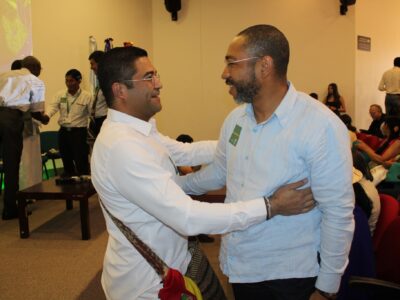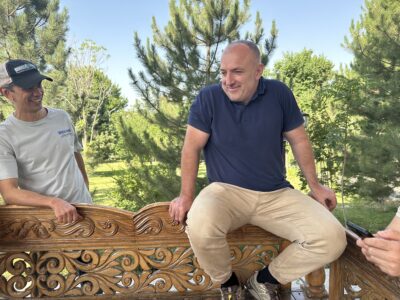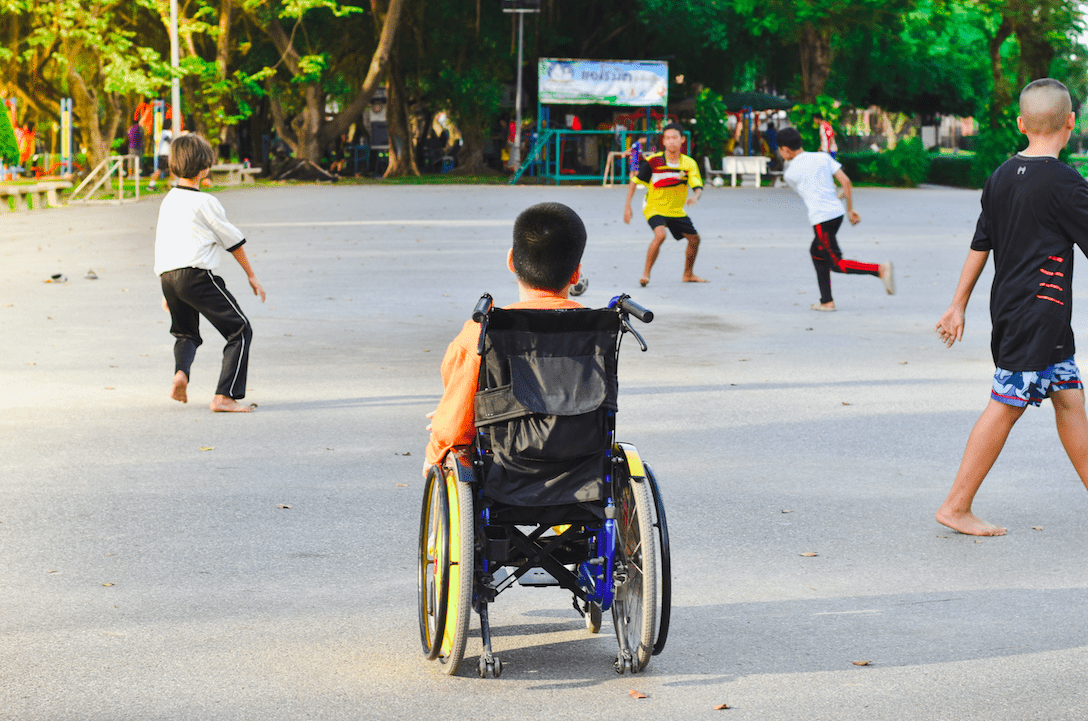
Some years ago, a colleague and I were in Monrovia, the capital city of the West African country of Liberia, to help with the design of the USAID-funded Agriculture for Children’s Empowerment Project. We had finished our last meeting of the day and were headed back to our hotel. On the way there, we saw a large open field. On non-market days, this field converted into soccer pitches.
It had been raining that day, and the field was a sea of slick clay. But the rain did nothing to discourage play. Every player on the field was a person with an amputation. Players, each on a single crutch, were racing up and down the field. Their energy was captivating. The conditions were so bad that the players kept slipping and falling and all of them were completely coated in mud. When one of them fell, another player would help him up, regardless of what team they were on. I could not tear myself away from this spectacle.
Defining Disability
Disability, as a concept, has two critical dimensions: (1) a long-term impairment and (2) a set of norms, attitudes, policies, and structures. When combined, those two dimensions serve as a barrier to inclusion. Barriers are what turn an impairment into a disability.
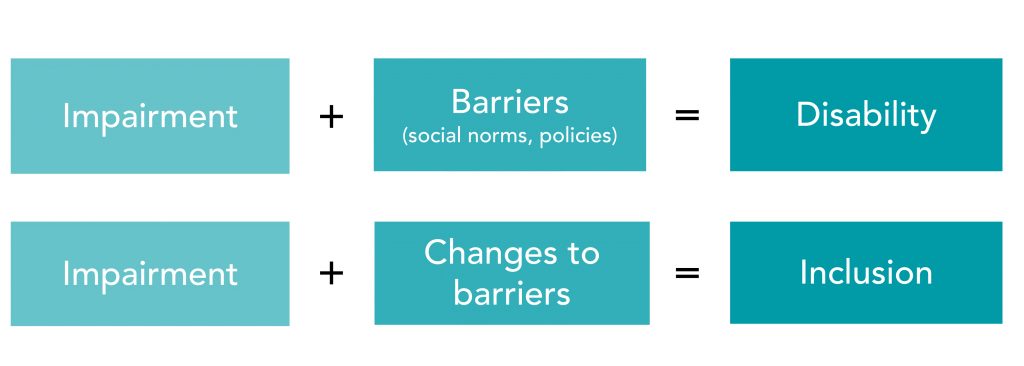
As the players sprinted down the muddy pitches, there were no structures, social norms, or stigmas holding them back. And so, in that moment, the players had overcome their disabilities despite serious impairments.
One Billion Strong
The World Bank estimates that one billion people, or 15 percent of the world’s population, live with some form of disability. And more than three-fourths of the world’s disabled population lives in developing countries. Disability is a cross-cutting issue that can affect a person at any point in their life. In the emerging economies in which ACDI/VOCA works, people living with disabilities face numerous barriers and often become dependent on inadequate charities to survive.
Persons with disabilities are more likely to be trapped in a vicious circle of poverty and experience adverse socioeconomic outcomes more frequently than persons without disabilities. Those outcomes include poor access to education, poor health statuses, low levels of employment, high poverty rates, and greater vulnerability to sexual, gender-based, and domestic violence, according to the World Health Organization.
Where Disability Intersects
The intersectionality of disability and other identities related to gender, race, ethnicity, language, religion, age, sexual orientation, and national or social origin can result in multiple forms of exclusion, discrimination, and vulnerability. The barriers that persons with disabilities face are universal in their character, if not in their intensity.
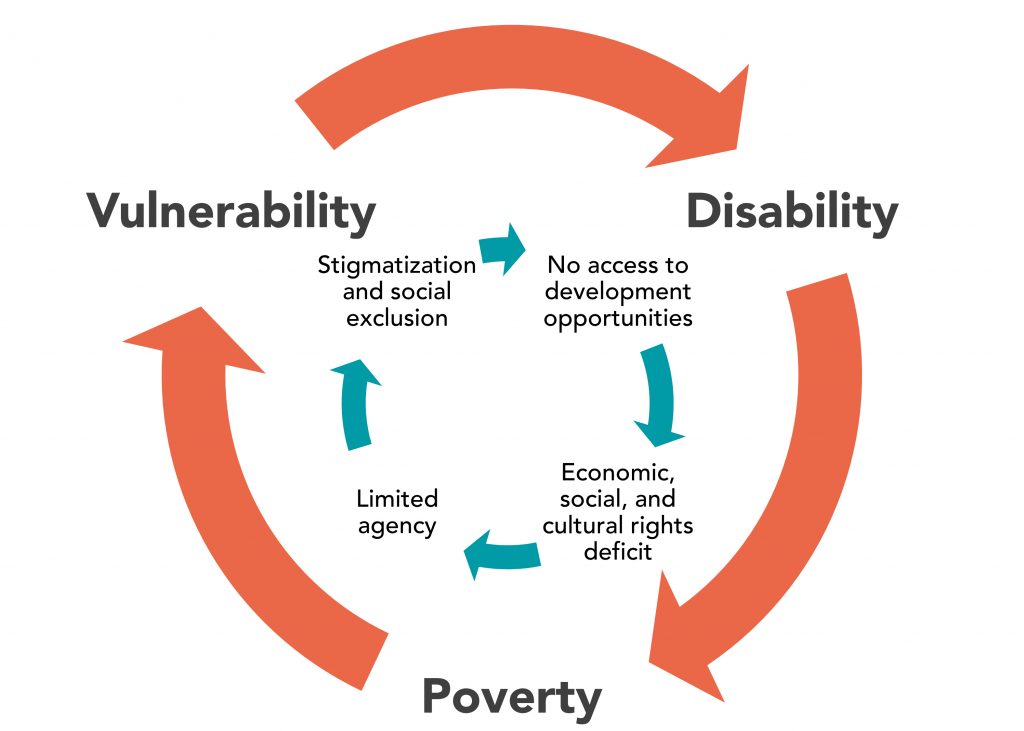
Social stigma and attitudes form the most enduring barriers. While frequently benevolent in sentiment, attitudes toward persons with disabilities either dismiss their potential contributions or overestimate the costs of integrating them into the mainstream labor force.
A Path to Inclusion
Remove the barriers to fuller participation and there is little that persons with disabilities cannot achieve, as illustrated in an article published by the European Journal of Work and Organizational Psychology. In fact, businesses that actively employ persons with disabilities outperform firms that do not, according to a report published by Accenture. More than ever before, ACDI/VOCA’s partners in global development are calling for strategies to be more disability inclusive.
December 3 is the International Day of Persons with Disabilities, as recognized by the United Nations. The observance of this day aims to promote an understanding of disability issues and mobilize support for the dignity, rights, and wellbeing of persons with disabilities. As someone who uses a wheelchair and has spent many years working toward “empowering people to succeed in the global economy,” I see our mission as an opportunity to channel the energy and dedication of those soccer players in Monrovia. To do so requires adapting our tools, including how we strive to make markets more inclusive through systemic change, to ensure that persons with disabilities are, likewise, included.
Comments
